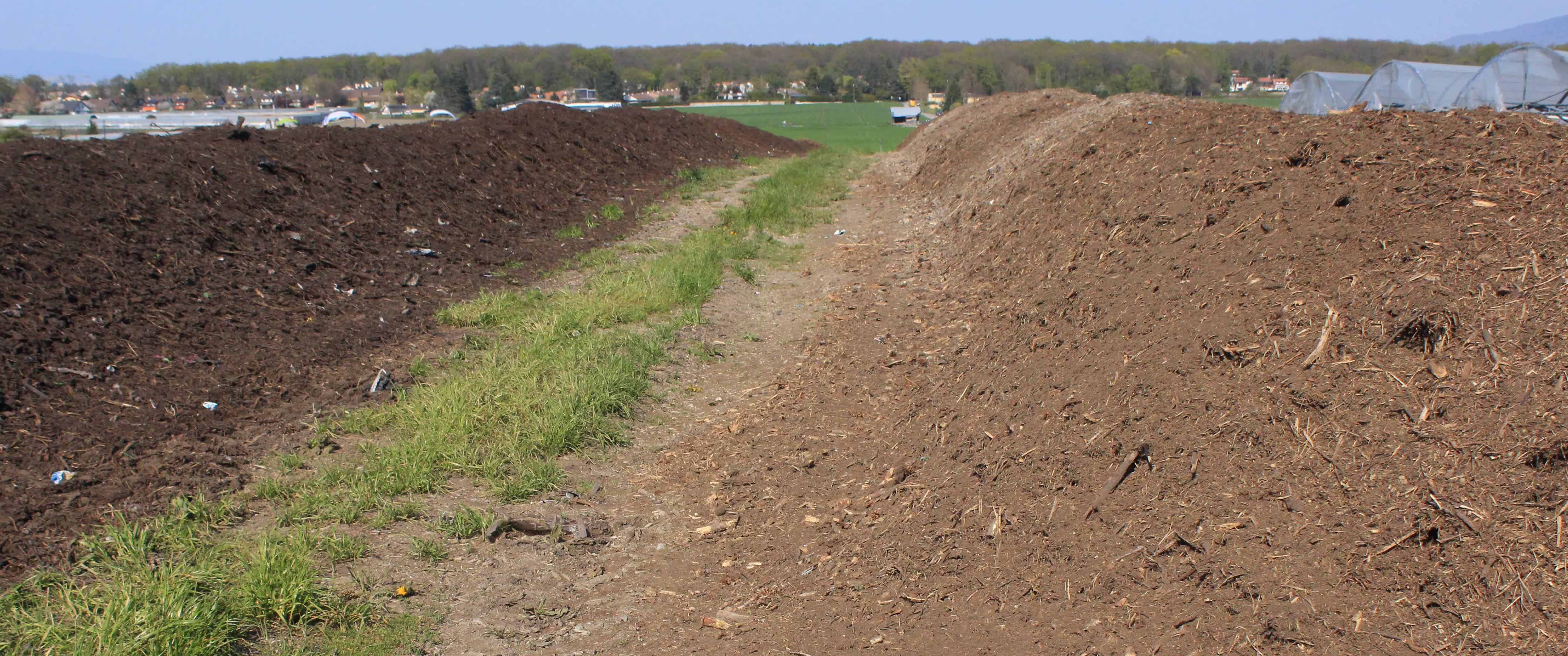Microplastic contamination in field-side composting in Geneva

Plastic pollution has become a growing concern for environmental and human health in recent years. Currently, research suggests that soil compartments might be highly contaminated, with compost being one of the major sources for plastic contamination, especially at reduced sizes. In Geneva, microplastic contamination has already been evaluated in industrial compost but not yet in field-side compost.
Therefore, the physical chemistry group (Fanny Berset) focused on the evaluation of concentrations and the characterization of microplastic particles (MPs) in field-side compost in Geneva. Four different field-side composts were sampled in Geneva and sieved with sizes ranging from >5 mm to 0.5 mm. The MPs were visually sorted when possible, and the smaller ones were treated by digestion and density separation processes. All of the MPs were analyzed with infrared spectroscopy.
The results (sizes > 5 mm to 1.25 mm) reveal concentrations between 195 ± 64 and 1315 ± 375 plastic particles/kg of compost and the presence of conventional plastics in every compost. MPs were present in almost every size fraction for the four composts, and the origin of waste seemed to influence their concentrations. Indeed, composts free from organic household waste had lower concentrations than the ones accepting that kind of waste. Littering and waste still wrapped in plastic were also noticed for the composts with higher concentrations of MPs.
The characterization results highlight the variety of plastic types among the composts, mostly represented by PE (polyethylene), PVA (polyvinyl alcohol), PP (polypropylene), and DAIP (polydiallyl iso-phthalate) in general but also specific contamination by PEMA (poly ethyl methacrylate) for only one of the composts.
Berset, F.C.D., and Stoll, S., 2024, Microplastic Contamination in Field-Side Composting in Geneva, Switzerland (CH): Microplastics, v. 3, no. 3, p. 477–491.
2 Sept 2024